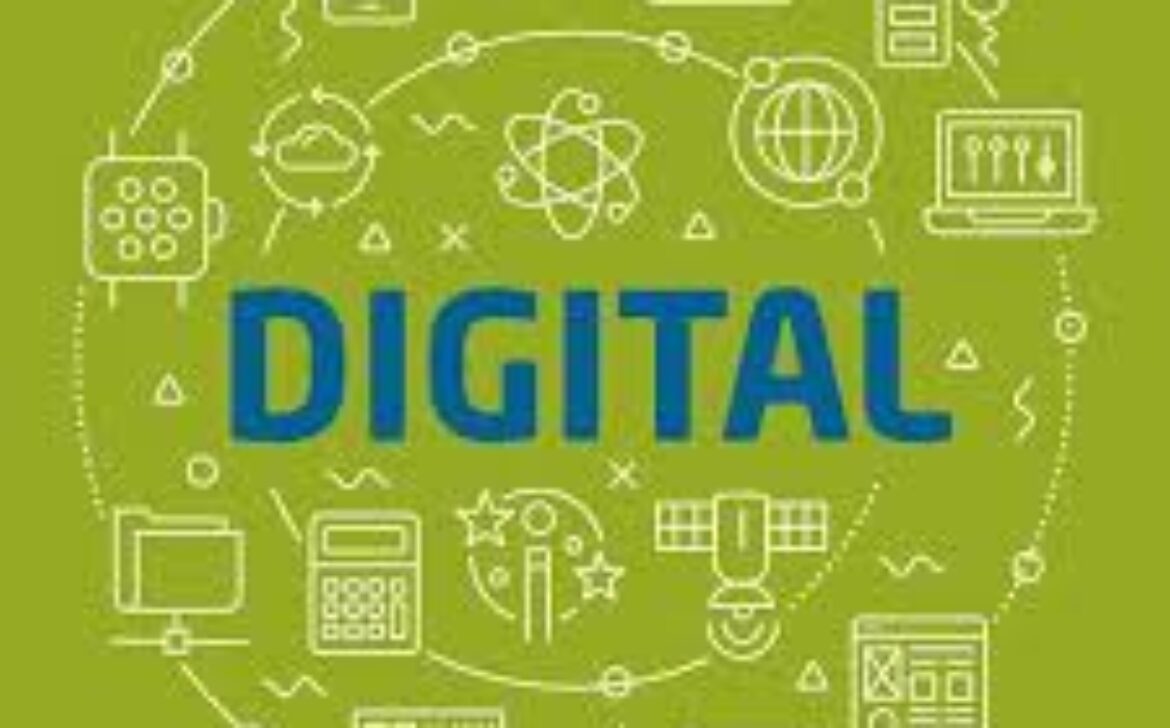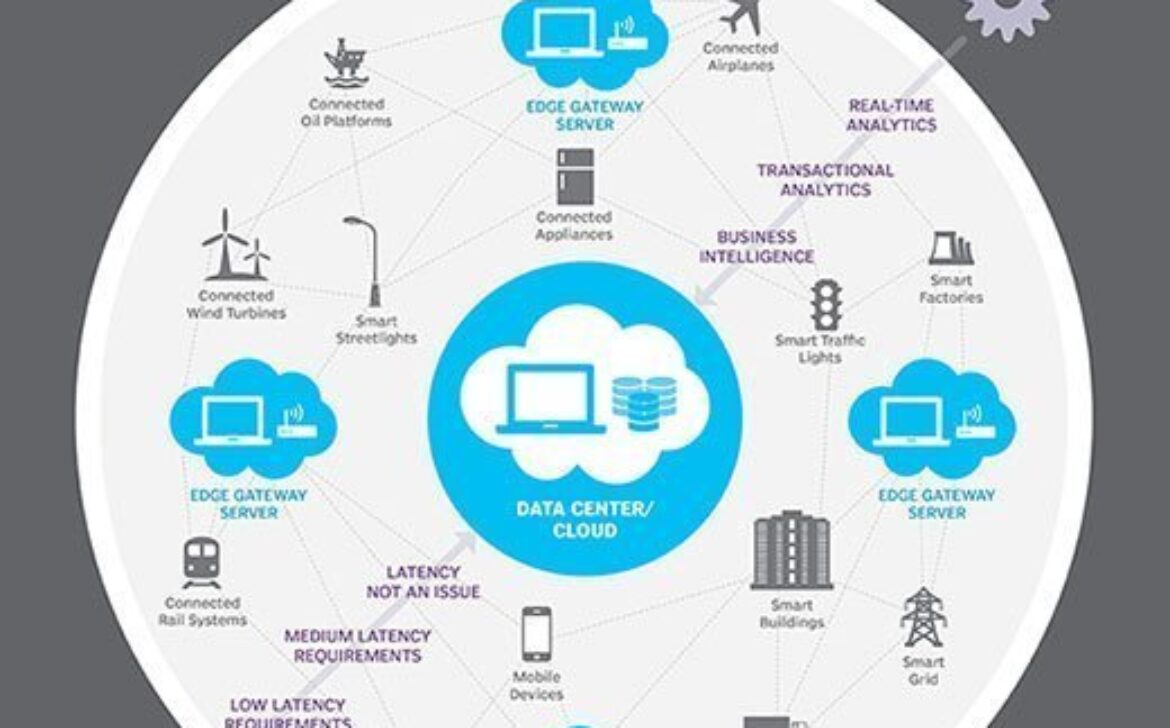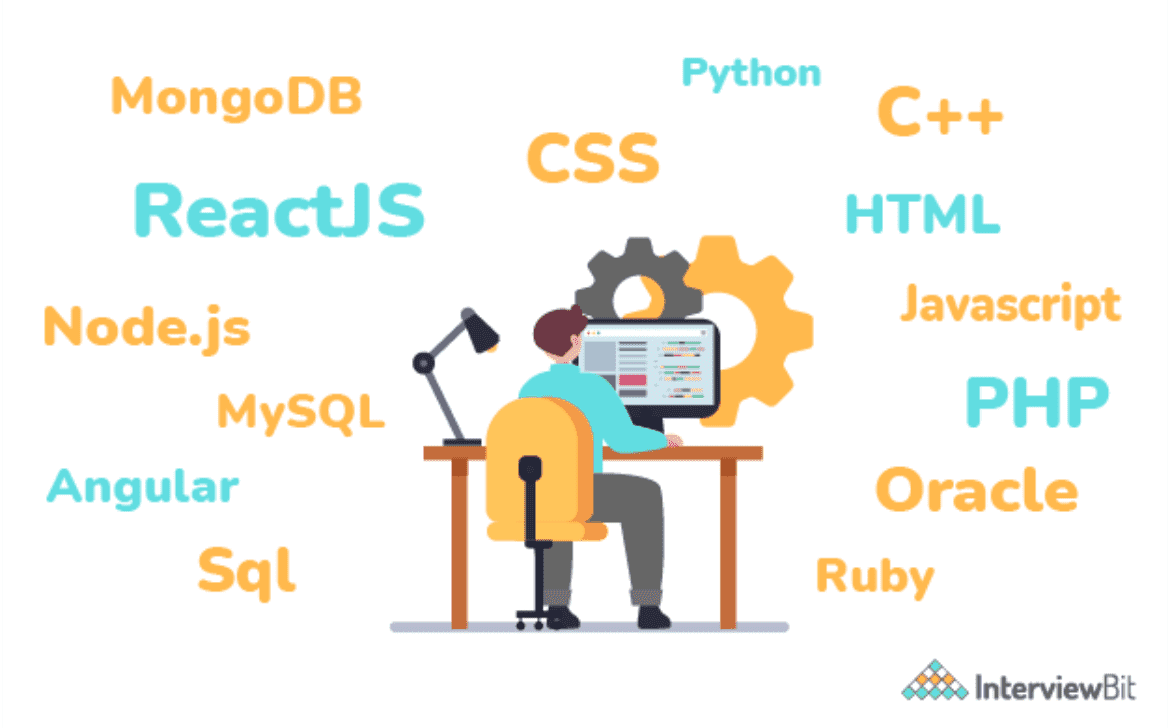Sustainable Tech Innovations: Pioneering Green Solutions for a Better Future
Introduction:
In an era marked by environmental challenges and the imperative for change, technology is stepping forward as a beacon of hope. Sustainable tech innovations are at the forefront of this movement, harnessing the power of innovation to address pressing environmental concerns. This blog takes you on a journey into the world of sustainable tech, showcasing how ingenious solutions are redefining industries, conserving resources, and carving a path towards a future where technology and sustainability coexist harmoniously.
The Fusion of Technology and Sustainability:
The marriage of technology and sustainability is yielding remarkable breakthroughs that resonate across diverse sectors. From energy generation to waste reduction, the fusion of innovation and eco-consciousness is reshaping the way we interact with our planet.
- Renewable Energy Revolution:
Sustainable tech is propelling the renewable energy sector to unprecedented heights. Solar panels, wind turbines, and hydropower systems are harnessing nature’s abundant resources to generate clean and renewable energy, reducing carbon footprints and curbing reliance on fossil fuels.
- Smart Grids and Energy Efficiency:
The integration of smart grids and energy-efficient technologies is optimizing energy distribution and consumption. These interconnected systems enable real-time monitoring, adjustment, and conservation of energy resources, contributing to a more sustainable energy landscape.
- Eco-Friendly Transportation:
From electric vehicles to innovative public transportation solutions, sustainable tech is reshaping the way we move. Advances in battery technology and charging infrastructure are accelerating the transition towards greener transportation options, reducing emissions and promoting cleaner air.
- Circular Economy and Waste Management:
Sustainable tech is championing the circular economy, where resources are reused, repurposed, and recycled to minimize waste. Innovations in waste-to-energy conversion, biodegradable materials, and sustainable packaging are minimizing environmental impact and revolutionizing waste management.
- Precision Agriculture and Sustainable Food Systems:
The agriculture industry is embracing sustainable tech to optimize crop yield and resource use. Precision agriculture employs sensors, data analytics, and automation to enhance efficiency, reduce pesticide usage, and ensure food security in a changing climate.
- Future-Proofing Cities with Smart Urban Planning:
Sustainable tech is reshaping urban landscapes through smart city initiatives. Intelligent urban planning integrates data-driven solutions for traffic management, energy conservation, waste reduction, and improved quality of life for urban dwellers.
Conclusion:
As the world navigates the critical juncture of environmental preservation and technological advancement, sustainable tech emerges as a beacon of promise. From renewable energy sources to waste reduction strategies and intelligent urban planning, the innovations of sustainable technology are catalyzing a profound transformation. As individuals, industries, and governments unite in embracing these solutions, a greener and more prosperous future is within reach. The fusion of technology and sustainability is not only a path forward but a beacon of hope, demonstrating that human ingenuity, when harnessed for the greater good, has the power to reshape our world for generations to come.










